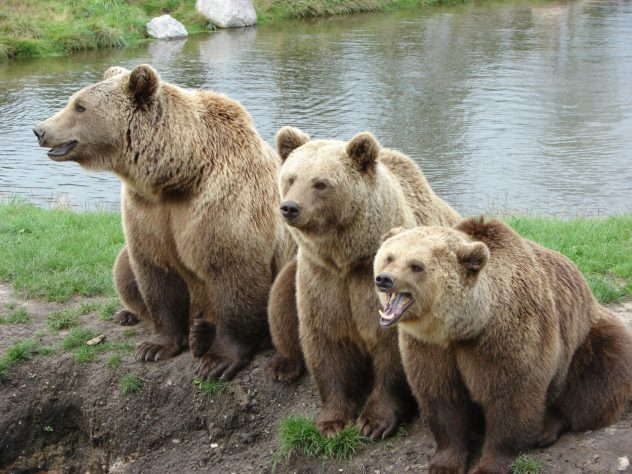Pre-reading questions:
- Do you like going to parks? Why or why not?
- What place do you like to visit?
Vocabulary:
- enormous /ih-NAWR-muhs/
- wander /WON-der/
- wildlife /WAHYLD-lahyf/
- behavior /bih-HEYV-yer/
- temporary /TEM-puh-rer-ee/
[adjective] – extremely large
The new shopping mall in town is enormous.
[verb] – to walk around slowly in a relaxed way or without any clear purpose or direction
The new tenant wandered around the house for inspection.
[noun] – animals and plants that grow independently of people, usually in natural conditions
The company advocates people to protect the wildlife.
[noun] – a particular way of acting
Scientists are observing animal behavior to prove their theory.
[adjective] – not lasting or needed for very long
My friend got hired in a famous telco company as a temporary assistant.
Earlier this year, where most of the parks were closed because of the pandemic lockdown, an enormous number of wildlife were spotted wandering around the vicinity of Death Valley National Park in the U.S. Various groups of wildlife packed together. Deer, bobcats, and black bears are seen at the buildings, roadways, and parks practically teeming with tourists. Kati Schmidt, a spokesperson for the National Parks Conservation Association said, “This is something we haven’t seen in our lifetimes.” In addition to this, Dane Paterson, employee of a hotel, stated that, “It’s not like they usually aren’t here… it’s that they usually hang back at the edges or move in the shadows” after some of the staff noticed the abundance of wildlife not seen for the last century.
Similar behavior was perceived in Rocky Mountain and Yellowstone; however, the human-free break is coming to an end as the Yellowstone and Grand Teton National Parks begin their gradual reopening for tourists and guests. As protective measures, the staff installed protective equipment at toll booths, permit desks, and visitor centers. Furthermore, the park hired temporary staff to disinfect high-use areas. Although safety measures were implemented, re-opening of these parks may bring disadvantages especially to young animals born in peaceful settings, as stated by wildlife experts. According to Lindsay Rosa, a conservation scientist, people should take good care especially of amphibians as these animals begin their migration to breeding ground.
Similar behavior was perceived in Rocky Mountain and Yellowstone; however, the human-free break is coming to an end as the Yellowstone and Grand Teton National Parks begin their gradual reopening for tourists and guests. As protective measures, the staff installed protective equipment at toll booths, permit desks, and visitor centers. Furthermore, the park hired temporary staff to disinfect high-use areas. Although safety measures were implemented, re-opening of these parks may bring disadvantages especially to young animals born in peaceful settings, as stated by wildlife experts. According to Lindsay Rosa, a conservation scientist, people should take good care especially of amphibians as these animals begin their migration to breeding ground.
Comprehension Questions:
- What were spotted wandering around the vicinity of closed parks?
- Who is the spokesperson of the National Parks Conservation Association?
- According to the article, which places will have a reopening?
- What are the protective measures implemented by the park for their opening?
- What did the wildlife experts state in accordance with the drastic opening of the closed parks?
Discussion Questions:
- Do you think it is a good idea for the wildlife to mingle with tourists? Why or why not?
- Why do you think the abundance of wildlife was not seen for the last century?
- Is the closure of some parks good for wildlife? Please explain your answer.
- Why do you think similar behavior was also seen in Rocky Mountain and Yellowstone?
- Do you think the protective measures installed by the park management are enough to protect both wildlife and its guests? Kindly share your thoughts.
